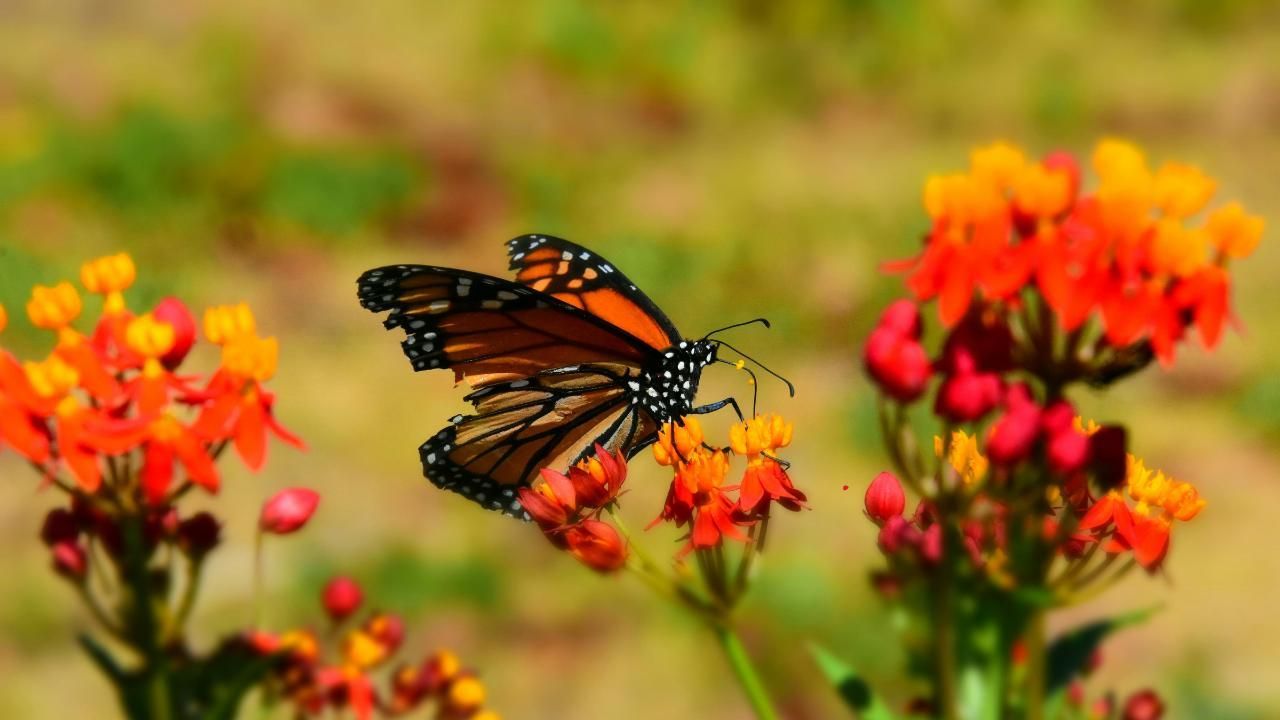The Role of Native Plants in Landscaping for Biodiversity

Landscaping has come a long way from being purely decorative. Today, more homeowners and communities are realizing that their yards can become thriving ecosystems. By choosing native plants, you’re not just adding beauty—you’re supporting pollinators, birds, and other wildlife that depend on these plants for survival. Working with an experienced landscaping contractor in New Haven CT, like Avalanche Tree and Landscaping LLC, ensures that native species are incorporated thoughtfully into your landscape design, blending functionality with ecological responsibility.
Why Native Plants Matter
Native plants are species that have evolved in a region over thousands of years, adapting to local soil, climate, and wildlife. Unlike exotic plants that often require extra care, natives thrive with minimal maintenance once established. Their resilience means they use less water, need fewer fertilizers, and naturally resist local pests.
Perhaps most importantly, native plants form the backbone of local ecosystems. Pollinators such as bees, butterflies, and hummingbirds rely on native flowers for nectar and pollen. Birds feed on the seeds and insects that native plants attract. When landscapes are dominated by non-native species, this intricate food web begins to break down, leaving local wildlife struggling to find resources.
Biodiversity Starts in the Backyard
When you choose native plants, you’re creating a habitat. Consider goldenrod, a late-summer bloomer that provides nectar when other flowers are scarce. Or milkweed, essential for monarch butterflies during their migration. Even small yards can make a difference—patches of wildflowers, native shrubs, or trees can become stepping stones for wildlife traveling through suburban and urban spaces.
This approach to landscaping isn’t just beneficial for animals. Homeowners reap rewards too. Native plants reduce erosion, improve soil health, and filter rainwater more effectively than many non-native species. They also add a sense of place, creating landscapes that reflect the character of your region.
Practical Steps to Introduce Native Plants
Getting started doesn’t require an overhaul of your entire yard. Here are some simple ways to add native plants:
- Start small: Replace one section of lawn with a bed of native perennials.
- Choose variety: Mix grasses, wildflowers, shrubs, and trees to support different species.
- Think seasonally: Select plants that bloom at different times of year to provide year-round resources.
- Go local: Buy from nurseries that specialize in native plants to ensure you’re getting true regional species.
Over time, these small steps add up to a richer, more dynamic landscape.
Case Study: A Backyard That Became a Sanctuary
A family in Connecticut transformed their one-acre property into a haven for wildlife. Initially, their yard was mostly lawn, with a few ornamental plants. With the help of a landscaping professional, they introduced native wildflowers, red maples, and serviceberry trees. Within two years, they noticed more butterflies, hummingbirds, and even owls visiting their property. Maintenance costs dropped too, since the plants thrived without constant watering or chemical treatments. What started as an aesthetic upgrade evolved into a vibrant ecosystem—proof that every backyard has the potential to contribute to biodiversity.
Beyond Beauty: Building Resilient Communities
When neighborhoods embrace native landscaping, the benefits multiply. Pollinator corridors form, stormwater runoff decreases, and communities become more resilient against climate shifts. What’s more, these landscapes educate—children grow up seeing firsthand how nature functions, sparking curiosity and care for the environment.
Native plants remind us that landscapes aren’t just backdrops for our lives. They’re living systems that connect us to the land and to the creatures we share it with. By weaving native species into our yards, we’re not just making things look nice—we’re helping the natural world thrive right alongside us.
Ready to make your yard part of the solution?
Contact us to start adding a few native plants to your garden this season and see the transformation unfold.

